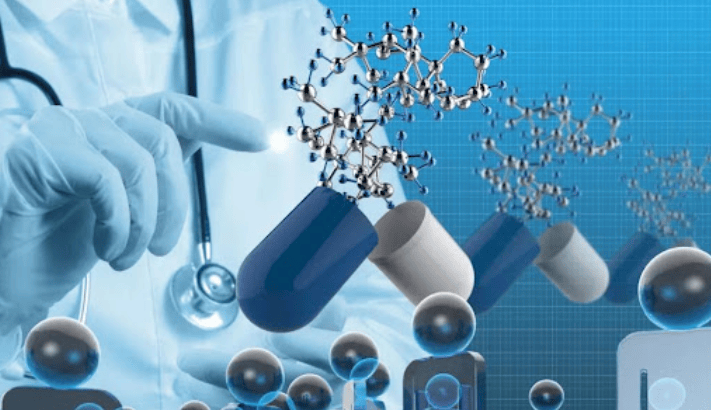When we talk about the testing and diagnosis of sexually transmitted diseases (STDs), many people may picture the cold instruments in hospitals and the long waiting times. However, the rapid development of technology has made all of this faster and more accurate. In particular, breakthroughs in molecular diagnostic technology have brought revolutionary changes to the detection of STDs, especially in terms of its application in the triple testing for Ureaplasma urealyticum, Chlamydia trachomatis, and Neisseria gonorrhoeae, which highlights the importance of this technology.
Before diving into this topic, let’s first understand what molecular diagnostic technology is. In simple terms, molecular diagnostic technology identifies and quantifies pathogens by detecting and analyzing their genetic material (such as DNA or RNA). The advantage of this technology lies in its high sensitivity and specificity, allowing for rapid and accurate diagnosis even when pathogen numbers are minimal.
Image source: Internet
Returning to the triple testing for STDs, Chlamydia trachomatis (CT), Ureaplasma urealyticum (UU), and Neisseria gonorrhoeae (NG) are the three most common clinical sexually transmitted pathogens. According to WHO estimates, there were 128.5 million new cases of reproductive tract CT infections and 82.4 million new cases of gonorrhea globally in 2020, posing a serious disease burden, making convenient testing methods even more beneficial for rapid detection of pathogens.
In typical molecular diagnostic testing methods, testing for these three diseases often requires different samples and different testing temperatures, which can be time-consuming, complex, and costly. However, the application of multiplex PCR technology in molecular diagnostics has greatly simplified this process. The STD triple test utilizes this technology, allowing for simultaneous testing of the three pathogens using the same sample and testing temperature, thus shortening the operation time and process, making it easier for lab technicians and enabling patients to receive their testing results more quickly.
Image source: Internet
The application of molecular diagnostic technology in the STD triple test is not only a technical breakthrough but also a strong support for public health systems. With this efficient and accurate testing method, STDs can be diagnosed earlier, allowing for more timely treatment. This is of great significance for controlling the spread of STDs and reducing social costs.
Image source: Internet
Furthermore, the popularization of this technology helps break the social taboo surrounding STDs. When people realize that testing for STDs has become so simple and reliable, they are more likely to seek medical help when issues arise, rather than delaying treatment due to shame or fear.
From laboratories to clinics, and from research to clinical applications, the significance of molecular diagnostic technology in the STD triple test continues to be highlighted. In the future, with further technological advancements, we have reason to believe that more STDs will be effectively controlled, and more patients will receive timely treatment. All of this is thanks to the power of science, which quietly changes our lives, turning former fears and uncertainties into manageable and treatable challenges.


